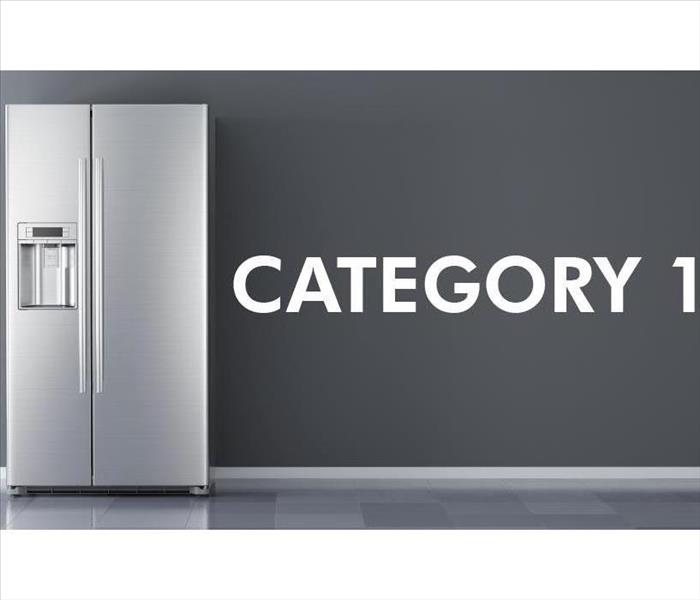Understanding Category 1 Water Damage
9/24/2020 (Permalink)
A damaged water supply line, overflowing sink and surging bath all represent category 1, or clean water, sources. Although this type of water source may not pose a substantial biological risk for your commercial property in Dallas, TX understanding what differentiates category 1 water from category 2 and category 3 is crucial for creating a water damage response plan.
Potential Sources
Your property could incur category 1 water damage from the following (in addition to the aforementioned factors):
- Leaking faucets
- Broken water valves
- Clean toilet bowls overflowing from the tank, but not the trap
Sources and severity will differ, but the important criteria to remember is that category 1 water contains no contaminants. As such, the same toilet bowl and leaking faucet can be categorized as more severe threats if they contain chemical or biological contaminants, such as bodily fluids or detergents.
Potential Dangers
While water from a sanitary source presents the least threat to humans compared to other categories, it’s not without its dangers. The greatest threat from category 1 water damage is the potential for escalation. Indeed, if the water damage isn’t abated rapidly, the clean water on your walls can quickly become the breeding grounds for dangerous bacteria and fungi.
First Response
Stopping the source of the damage, often accomplished by shutting off the control valve on a broken pipe, is critical, but only if it can be done without personal hazard. For increased safety, you should cut the power to the affected area to reduce chances for electric shock. If you’re at all worried about the area flooding or are unable to locate the source, reach out to your water company’s emergency contact line for assistance.
Damage Recovery
After the immediate danger has passed, assess the damage to determine if you need an expert evaluation for restoration. While clean water damage can often be decontaminated easily with diluted bleach, you may need a professional to evaluate your walls and floors for potentially unseen health hazards and secondary damage.



 24/7 Emergency Service
24/7 Emergency Service
